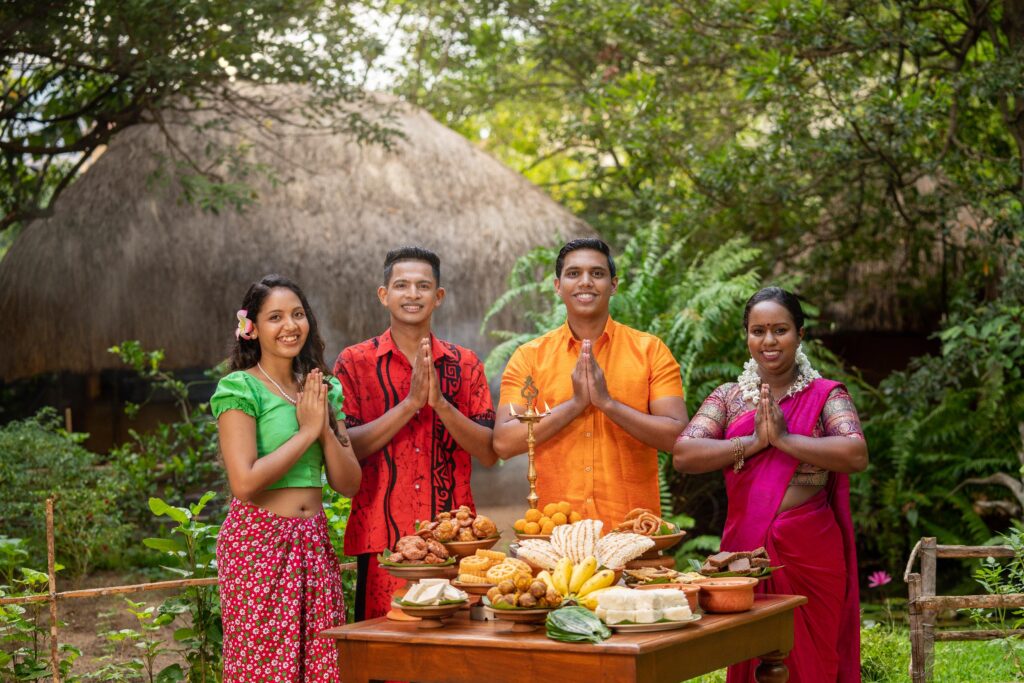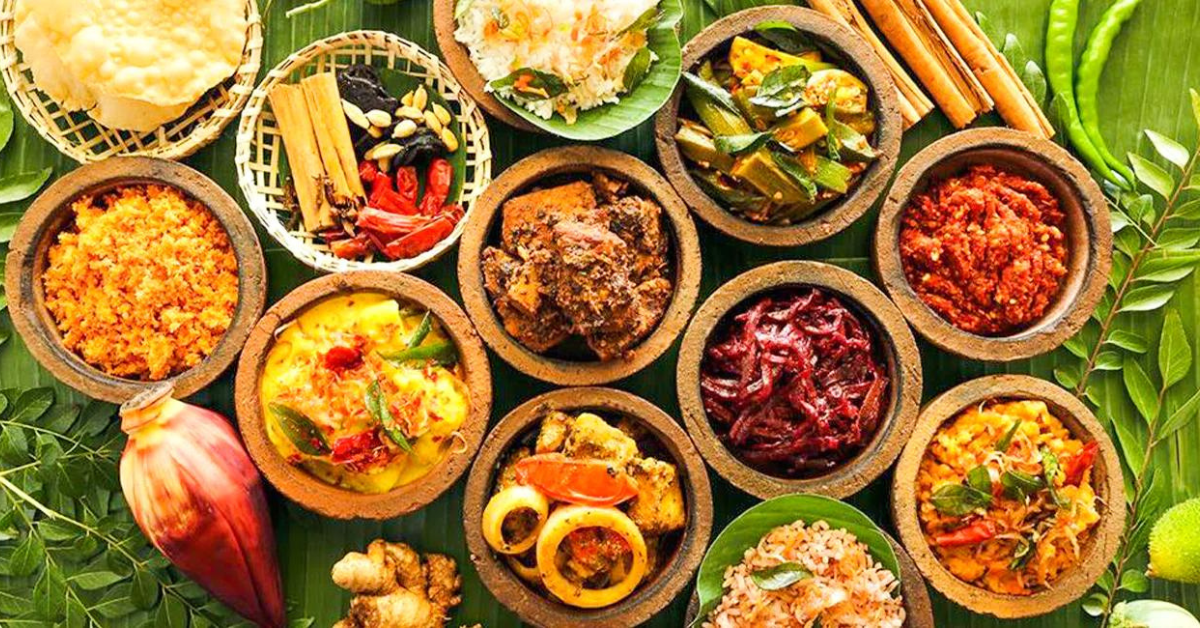
The Sinhala and Tamil New Year, celebrated in mid-April, is one of the most significant cultural festivals in Sri Lanka. It marks the transition from the old year to the new, bringing families together for rituals, feasts, and joyous celebrations. Fashion plays a pivotal role in these festivities, as people embrace traditional attire while also incorporating contemporary trends. This article explores the rich sartorial heritage of the Sinhala and Tamil New Year, offering insights into traditional outfits, modern adaptations, color symbolism, and styling tips for a festive yet sophisticated look.
Clothing during the Sinhala and Tamil New Year is not merely about aesthetics; it carries deep cultural and symbolic meanings. Traditional garments reflect heritage, regional identity, and the values of prosperity, purity, and happiness. For many, wearing ethnic attire is a way to honor ancestors, uphold customs, and pass down traditions to younger generations.
In Sinhala culture, the Sinhala and Tamil New Year (Aluth Avurudu) is a time when people dress in their finest Kandyan or southern-style outfits. Similarly, Tamil families celebrating Puthandu adorn themselves in silk sarees, veshtis, and temple jewelry, symbolizing auspiciousness and new beginnings. The choice of fabric, color, and accessories is carefully considered to align with the festive spirit.
The most iconic outfit for Sinhala women during the Sinhala and Tamil New Year is the Osari (Kandyan saree), a draped masterpiece that exudes elegance. The Osari is wrapped in a distinctive style, featuring intricate pleats at the waist and a decorative frill known as the “Koora.” This saree is usually made from luxurious fabrics like silk or satin, often in vibrant hues such as red, gold, and purple, which symbolize prosperity and joy.
Another popular choice is the Lama Sariya, a simpler version of the saree, typically worn in softer fabrics like cotton or georgette. These sarees are favored for their comfort, especially during outdoor celebrations and family gatherings. Younger girls often opt for the Half-Saree (Redde & Hatte), a two-piece ensemble consisting of a fitted blouse, a draped skirt (Redda), and a shawl (Hatte). This outfit is both playful and traditional, making it ideal for teenagers participating in New Year games and rituals.
Accessories play a crucial role in completing the look. Women adorn themselves with Nalalpata (a traditional headpiece), gold bangles, beaded necklaces, and jasmine flowers in their hair. The “Pattangetti” (waist chain) is another traditional ornament that adds a regal touch to the attire.
Sinhala men traditionally wear the sarong (known as “Sarama”) paired with a crisp white or light-colored shirt. The sarong, often in checked or solid patterns, is neatly wrapped and secured at the waist. For formal occasions, men may wear the “National Shirt” (Baniyama), a collarless, short-sleeved shirt that complements the sarong perfectly.
Footwear is usually minimalistic, with many opting for leather sandals or going barefoot during rituals.
For Tamil women, the Sinhala and Tamil New Year is an occasion to showcase exquisite silk sarees, particularly the Kanchipuram saree, renowned for its rich zari work and vibrant colors. These sarees often feature intricate motifs of peacocks, temple borders, and floral designs, symbolizing fertility and prosperity. Popular colors include gold, deep green, ruby red, and royal blue, each representing different auspicious meanings.
Younger girls and unmarried women often wear the Pavada & Blouse (Half-Saree), a three-piece ensemble consisting of a long skirt (Pavada), a short blouse, and a dupatta. This outfit is usually adorned with embroidery, sequins, or gold-thread work, making it perfect for festive occasions.
Jewelry is an integral part of Sinhala and Tamil New Year fashion. Women wear Temple jewelry, inspired by South Indian designs, featuring elaborate necklaces, jhumkas (dangling earrings), and waist belts. The “Oddiyanam” (waist belt) and “Vanki” (armlet) are particularly significant, often passed down through generations as heirlooms.
Tamil men traditionally wear the Veshti (dhoti), a white or cream-colored cloth wrapped around the waist, paired with a formal shirt. For a more ceremonial look, some opt for the Angavastram, a draped shawl worn over the shoulder. Silk veshtis with golden borders are especially popular during Puthandu celebrations.
In recent years, the Kurta with a Mundu (dhoti) has gained popularity among younger men, offering a blend of tradition and contemporary style. For grand celebrations, some choose the Sherwani, an embroidered long coat that exudes royalty.
While traditional wear remains dominant, modern fashion trends have influenced Sinhala and Tamil New Year celebrations, especially among the youth. Designers are now creating fusion outfits that combine ethnic elements with Western aesthetics.
In 2024/2025, pastel shades like soft pink, mint green, and lavender are emerging as trendy alternatives, offering a fresh take on festive wear.


The Sinhala and Tamil New Year is a time of renewal, gratitude, and celebration, and fashion serves as a beautiful medium to express cultural pride. Whether one chooses to wear a grand Kandyan saree, a shimmering Kanchipuram silk, or a trendy fusion ensemble, the essence lies in celebrating tradition while embracing individuality.
As fashion continues to evolve, the New Year offers a perfect opportunity to blend heritage with contemporary trends, ensuring that Sri Lanka’s rich sartorial legacy thrives for generations to come.

SatynMag empowers women with inspiring stories, expert advice, and uplifting content to fuel their strength and dreams
Welcome to Satynmag S Suite, online knowledge platform for career and personal growth. This is where you can empower yourself with cutting edge knowledge, latest know-how and grow.


